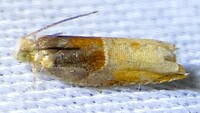
| Recorded by: Dean Furbish and Joy Wiggins on 2025-09-19
Wake Co.
Comment: | 
| Recorded by: Dean Furbish and Joy Wiggins on 2025-09-11
Wake Co.
Comment: |
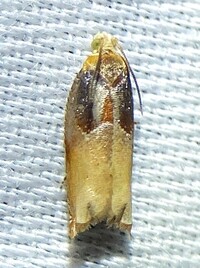
| Recorded by: Dean Furbish and Joy Wiggins on 2025-09-02
Wake Co.
Comment: | 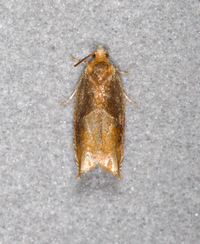
| Recorded by: Jim Petranka, Marilyn Westphal and Becky Elkin. on 2025-08-17
Henderson Co.
Comment: |

| Recorded by: Jim Petranka, Marilyn Westphal and Becky Elkin on 2025-08-17
Henderson Co.
Comment: | 
| Recorded by: David George, Jeff Niznik on 2025-07-20
Moore Co.
Comment: |
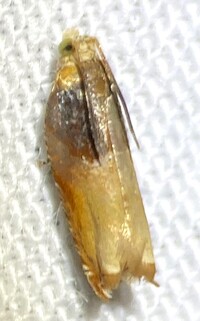
| Recorded by: Dean Furbish on 2025-07-03
Wake Co.
Comment: | 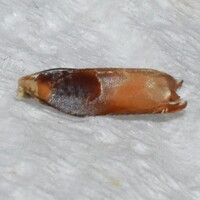
| Recorded by: Jeff Niznik on 2025-06-27
Orange Co.
Comment: |

| Recorded by: Jeff Niznik on 2025-06-14
Orange Co.
Comment: | 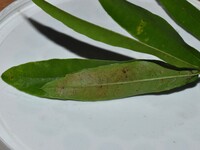
| Recorded by: Jeff Niznik on 2025-06-14
Orange Co.
Comment: |

| Recorded by: Mark Basinger on 2025-05-21
Wilson Co.
Comment: | 
| Recorded by: Mark Basinger on 2025-05-21
Wilson Co.
Comment: |

| Recorded by: Jim Petranka on 2025-05-16
Madison Co.
Comment: | 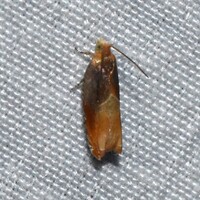
| Recorded by: David George, Jeff Niznik on 2025-04-05
Chatham Co.
Comment: |
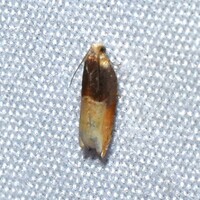
| Recorded by: Jeff Niznik, Larry Chen on 2024-09-23
Orange Co.
Comment: | 
| Recorded by: Jeff Niznik, David George on 2024-09-07
Alamance Co.
Comment: |
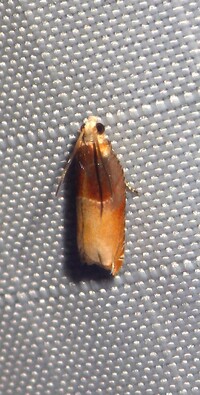
| Recorded by: Lenny Lampel on 2024-08-29
Union Co.
Comment: | 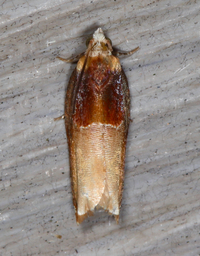
| Recorded by: Jim Petranka on 2024-08-08
Madison Co.
Comment: |
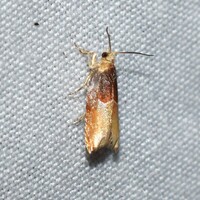
| Recorded by: David George, Jeff Niznik, Kevin Bischof on 2024-08-07
Transylvania Co.
Comment: | 
| Recorded by: David George, Jeff Niznik, Patrick Coin, Steve Hall, Carol Tingley, Tom Howard on 2024-07-27
Chatham Co.
Comment: |
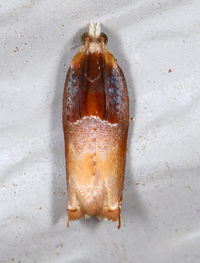
| Recorded by: Jim Petranka on 2024-07-26
Madison Co.
Comment: | 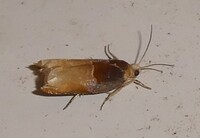
| Recorded by: Simpson Eason on 2024-07-16
Durham Co.
Comment: |
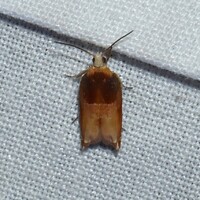
| Recorded by: David George, Jeff Niznik on 2024-07-08
Chatham Co.
Comment: | 
| Recorded by: Maurice Cullen, Todd Pusser, F. Williams, S. Williams on 2024-07-08
Gates Co.
Comment: |
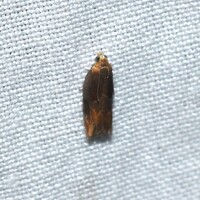
| Recorded by: David George, Stephen Dunn, Jeff Niznik, Patrick Coin on 2024-06-22
Chatham Co.
Comment: | 
| Recorded by: Mark Basinger on 2024-06-19
Brunswick Co.
Comment: |
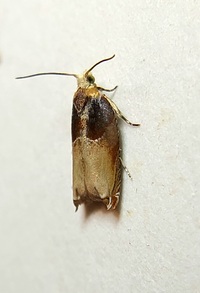
| Recorded by: Mark Basinger on 2024-06-19
Brunswick Co.
Comment: | 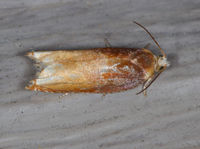
| Recorded by: Jim Petranka on 2024-05-28
Madison Co.
Comment: |
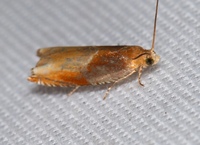
| Recorded by: Jim Petranka on 2024-05-20
Madison Co.
Comment: | 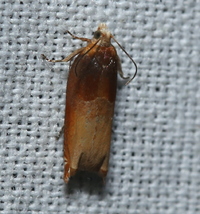
| Recorded by: David George, Rich Teper on 2024-05-13
Chatham Co.
Comment: |
|

 »
»
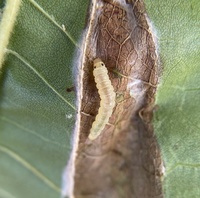
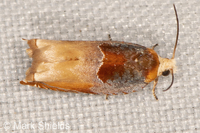
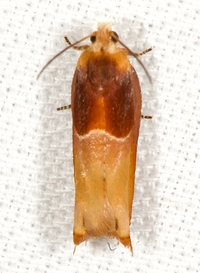

 »
»


